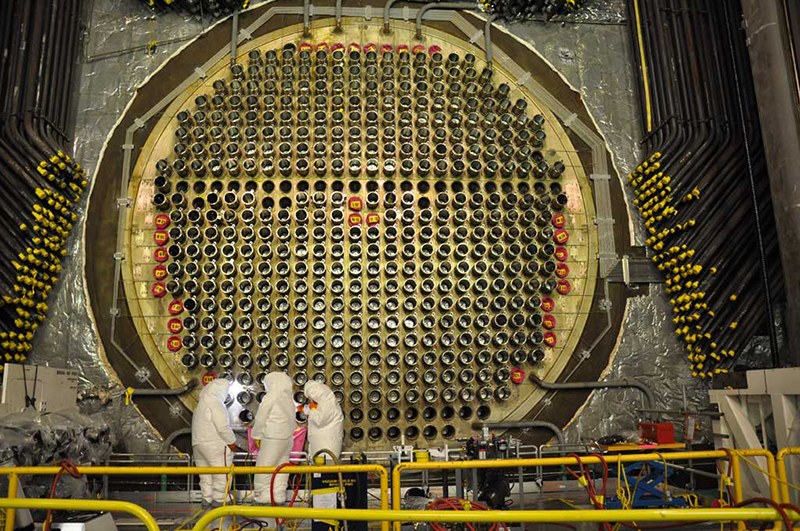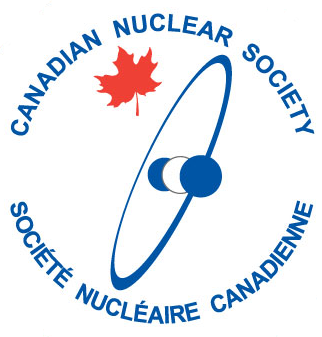Conspiracy Theories, How to Spot them and some Techniques for Dealing with them

In the last part of 2022 and at the start of 2023, organizations in the Canadian nuclear industry have been accused of being involved in two conspiracies. The first, that the New Brunswick plan to reuse used nuclear fuel is a front for a Canadian plan to become a nuclear weapons superpower, and the second that the CNSC is conspiring with the nuclear power operators to hide information about the status of CANDU pressure tubes from the public in order to allow reactors to run in a dangerous condition.
I have written specifically about these issues but think it is worth also sharing some thoughts about conspiracy theories in general.
The problem with conspiracy theories is that there have indeed been conspiracies in the past so it’s not possible to deny they exist. However, the fact that they have existed in the past, does not mean that any particular conspiracy theory is correct, no matter how much the conspiracy theorist will try to convince you that this is the case.
In fact, as is often the case in conspiracy theories the exact opposite is true. Looked at as a whole, the data clearly proves that it is very unlikely that their conspiracy is correct, as almost all conspiracy theories are not. The argument of the conspiracy theorist is entirely based on cherry-picking data, highlighting the few conspiracies that have taken place and ignoring all the theories that just faded into the smoke they were created out of.
Using cherry-picked data is the key to creating conspiracy theories and it is really easy. Some of you may have seen me convince an audience that we should get our governments to ban the use of water. It’s not hard, a survey in the US proved that by providing a few facts to the people you could get 80+% of them to support such a ban.
Human society has largely developed through the telling of stories, so narratives align nicely with human psychology, and we are inclined to accept them unless we have clear evidence that proves them to be untrue.
We are also programmed to look for patterns. It is what has allowed us to prosper. Smell of lion, outline of lion in grass. It may be a lion. Run now. Check later.
All you need for a conspiracy theory is to draw attention to a few facts and then assemble them into a pattern by weaving them together into a narrative and you are done.
The nuclear industry, and the energy industry in general, is particularly prone to conspiracy theories as the issues can be complex so most people only have the narrative they are given and no background information against which to test it.
It is easy to disprove conspiracy theories if you can shine a light on the missing information. That light breaks up the narrative track and the pattern it created so that it no longer holds together, and people will start to question the whole idea. The CNS will continue to provide you with information, so that you may do this, whenever we have it.
The greater challenge is in responding to conspiracy theories where you may not know all the facts or for one reason or another, they are not available and so while being reasonably sure it is a conspiracy theory, it is hard for you to prove it.
But there are still ways to handle the situation.
One obvious one is to draw attention to the likelihood of the objectives of the conspiracy. What for example would Canada achieve by becoming a nuclear weapons superpower even if it could? As well as unnecessarily making us a target for countries we could never win against it would relegate Canada to being a rogue state in a group with North Korea and Iran. Or indeed why would CNSC want reactors to operate unsafely when they and their families live near them?
Another is to identify the extent of the actions needed to enable the conspiracy. In the case of New Brunswick, it would involve multiple Federal and Provincial governments of changing political persuasions to work together for decades in order to do something that could be much more easily done in other ways. The CNSC conspiracy would require not just all the staff but also the independent commission members working together without any one of them ever breaking rank. I guess these things are possible……. but likely?
And you can always draw attention to the fact that information is missing even if you do not know what that information may be. In the case of the Canadian Nuclear Weapons Superpower nonsense I cannot give you an example of this as it is such a poorly formed theory that it has no substance whatsoever (It appears to be a fabrication developed by anti-nuclear propagandists to add to their scaremongering and has minimal connection to reality). In the case of the CNSC and the pressure tubes the missing information is an understanding of how any emergent issue might be managed in any industry. Armed with this knowledge everything makes sense without the need for a conspiracy. Simply asking someone how they think the situation should have been managed ought to be enough to illuminate this issue as they will outline a process that is the same as the one that was used!
Which brings me to Occams Razor.
This philosophical razor (a razor is “ a rule of thumb that allows one to eliminate unlikely explanations) advocates that when presented with competing hypotheses about the same prediction, one should select the solution with the fewest assumptions. It is just a rule of thumb and is not an absolute, but it’s founded on science and the evidence shows it to be a pretty good rule.
In the case of the New Brunswick plans, the simplest explanation, which requires no assumptions whatsoever, is that they, in line with their publicly stated intent, intend to try and close the fuel cycle. And in the case of the CNSC the simplest explanation is that they were doing their job as they are meant to do it. And that requires no assumptions either.
So basically, when faced with any conspiracy theory, start with the idea that while it may be right in all probability it isn’t. Then ask yourself;
- Are the facts correct?
- Does the objective justify the conspiracy?
- What would be involved to make the conspiracy work?
- Is there a simpler explanation that requires fewer assumptions?
If you do the truth will likely reveal itself.
Popular Core Business Articles
- The important differences between Hazard, Danger, Risk and Fear when considering a Deep Geologic Repository for used nuclear fuel.
- Deep Geologic Repositories (DGRs)? Distressed purchase or Jewel in the Nuclear Crown
- An article by the Breakthrough Institute
- How do we quickly and succinctly explain why wind and solar are not cheap?
- The Titanic Fallacy

Leave a Reply
You must be logged in to post a comment.